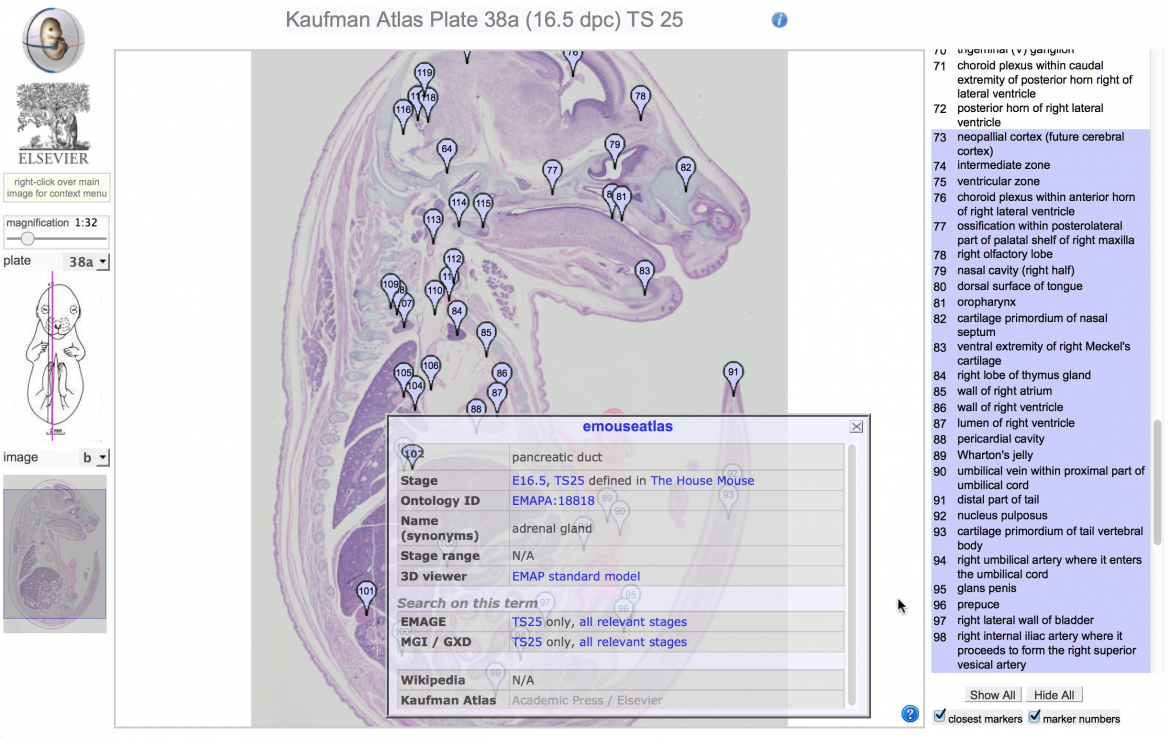The IBM United Kingdom Scientific Centre in Winchester over the 1980's had two complementary groups devoted to visualization; graphics and image processing. We had a strong emphasis on applications, working with various external partners (including Michael Sternberg). For the graphics group the applications included molecular graphics, archaeology and computer art; the image group was mainly dedicated to medical imaging. There were a few cross-over projects, for example the creation of a 'beating heart' movie . The tools we used are no longer available and are included here for historical and archive purposes.
The graphics groups had serveral main tools
- Winchester Graphics System (WGS) was used for data exploration; it combined relational database technology and interactive 3d graphics with an bridge between the two and scripting.
- Winchester Solid Modeller (WINSOM) was used for more advanced graphical visualizations. It combined constructive solid geometry (CSG) with novel methods for blending (e.g. metaballs) and representations of molecular fields.
- FASTDRAW, which converted the same CSG/field models to polygon for for interactive 3d display.
- Extensible Solid Model Editor (ESME), for more powerful graphics programming, integrated with generation of WINSOM/FASTDRAW models.
The image processing group had a single tool
- IAX which incorporated many image processing techniques (some novel) within a simple scriptable framework. This performed 2d and 3d image analysis, with 3d recognition often passed to Winsom for final display.
The groups had a demonstration prepared for presentation to our visitors. I have recovered much of this, in particular the still images, and recast it as a web page which is currently available at http://programbits.co.uk/UKSC/uksc.html. The content was biased toward the graphics group. Much of the content cannot be displayed, especially the movies (which I hope to preapare in suitable format soon) and the interactive 3d work (which may never be recreated).
The Journal of Molecular Graphics was founded by Andy Morffew, a member of the group; you may see a disproportionate number of our papers in the early volumes.
Some of the work continues to this day. William Latham and I are presenting exhibitions of interactive 3d art (one in Norwich in Autumn 2016). We have a modern version of FASTDRAW (in C#/Unity) which is being used as part of BioBlox, and which I hope to release as open source soon. There is also a Java version which FoldSynth uses for metaballs.
| Release Date: |
|
| Status: | |
| Availability: | |
| Data type: | |
| Techniques: | |
| Software: | |
| Technology: | |
| Platform: | |
| Requirements: | |
Project development
Institution:
IBM United Kingdom Scientific Centre
Historical










